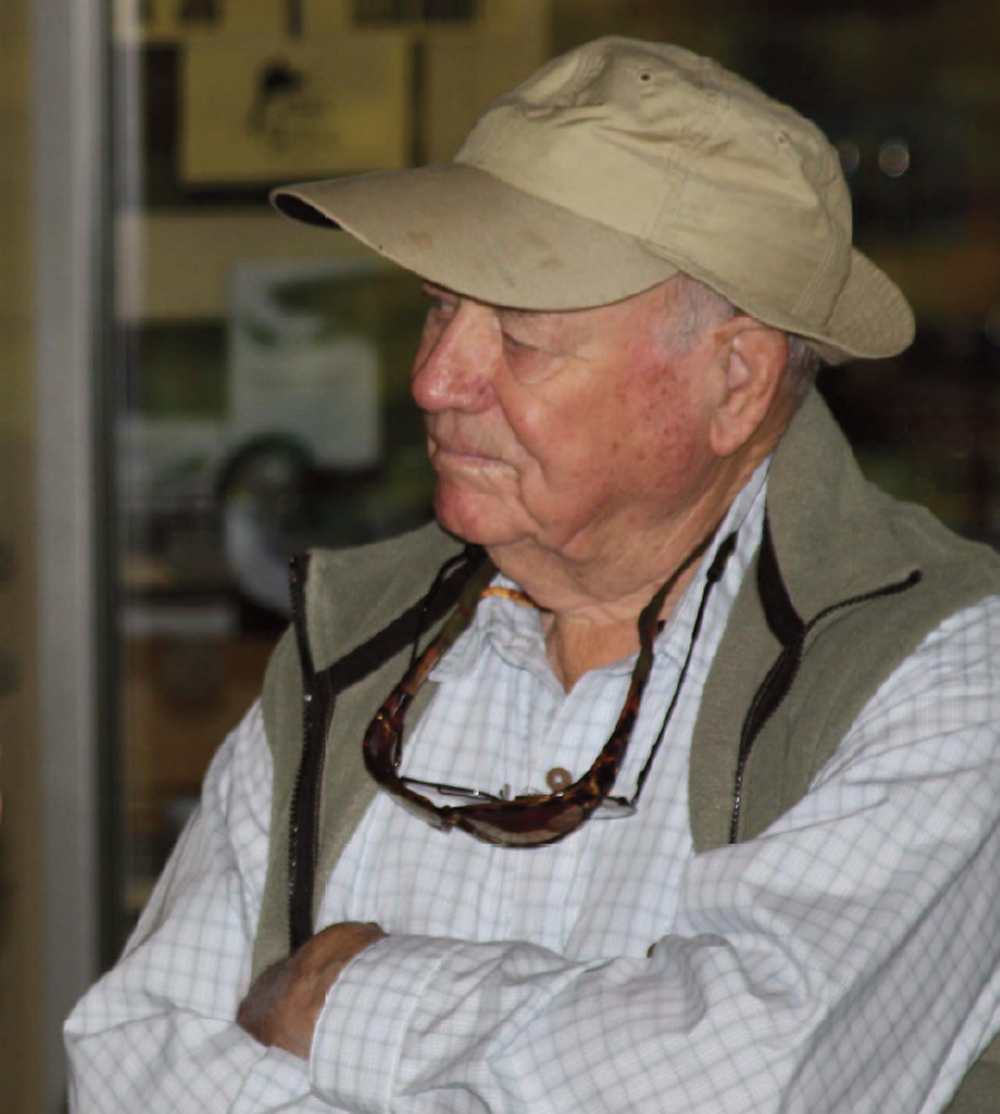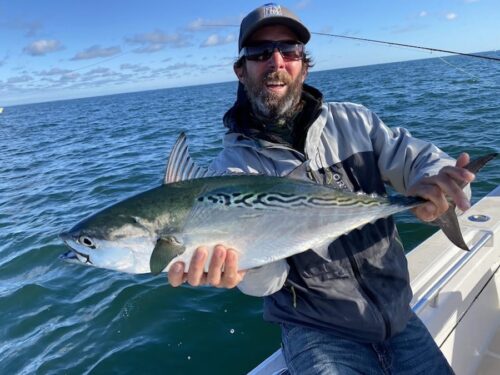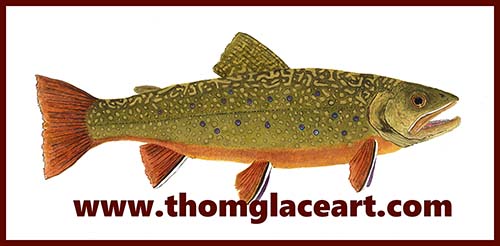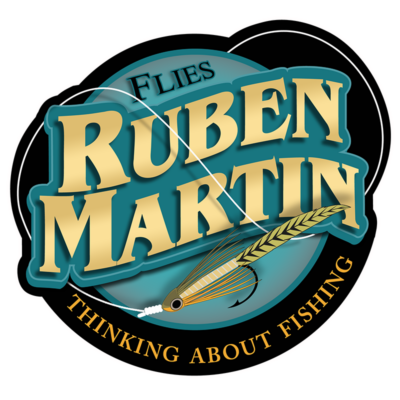
SIDEBAR: Lefty Kreh picks for Dry Fly Patterns: Royal Wulff & Humpy (for rough water conditions), Adams (parachute style), Light Cahill (parachute style), Elk Hair Caddis, Griffith Gnat, and Trico. /// Nymph Patterns (size 12 to 20): Prince Nymph, Gold Ribbed Hare’s Ear, Zug Bug, Pheasant Tail, and Copper John. In a conversation at Steve Kantner’s Presents [Ft Lauderdale, Florida] over a decade ago. Lefty added some other types of his favorites, such as fresh and saltwater flies. Among them were Russell Blessings Woolly Bugger, Bob Clouser’s Minnow, and his [Lefty’s] Deceiver. These can hunt in any water at just#12 or 1/0 and up—crappie to sailfish.
Back to the future – make mine adjustable
By Henry Clement
One of the limitations of general nymphing is having a fixed length.
There is no reason to Stop n’ Go and Cut n’ Tie new flies because water depth changes. For example, the benthic is 6″- 10″, then much deeper for a few yards, or the trout hovers in a water column 6″ from the surface. There are many scenarios in which a fixed-length tippet is a problem.
Drop the dropper?
My oftentimes angling partner, Angie Roth, is a dedicated nymph angler who believes in Wladyslaw (Vladi) Trzebunia’s technique, which won him the 1989 World Fly Fishing Championships in Kuusamo, Finland. Angie has to catch stats like Vladi’s.

The illustration by Thom Glace is rainbow trout, brown trout, and brook trout. Used with permission.
Vladi’s unmatchable nymphing technique:
To keep the nymph fly off the bottom, move it with the current slightly faster and raise the rod tip to keep the fly line out of the water.
NOTE: This technique is similar to tenkara, a reel-less Japanese fly fishing technique that relies little or no on sophisticated casting.
Angie’s nymphing profile looks like a steeply pitched roof. Commonly referred to as an “A” Frame
To make Cory Cuje’s technique even more straightforward – instead of initially tying on a dropper fly with the suggested Surgeons Knot. Tie on Surgeons Knot at whatever point you would have placed your dropper and clip the tags, and you are good to go. Now tie the Perfection Loop (PL) as shown in the video above the Surgeons ‘Stopper Knot.’
NOTE 2: Angie usually sets her stopper knot at around 10- to 14-inches.

These tube flies for a rainy day when the trout is deep and not feeding on the surface. Olive Wooly Bugger on a tube by Håvard Eidebugger tube [dryfly.me]. Image credit flyfisher.org – Woolly Bugger tube flies
NOTE 3: When fishing the Brit way, casting, retrieving, and stepping forward, Angie is never forced to stop and re-rig. She manipulates the PL.
Usually, as in the video, the angler begins with the bottom fly at 1 foot and adjusts by shortening and lengthening the PL up or down from the stopper knot.
Watch Cory Cuje’s classic video







